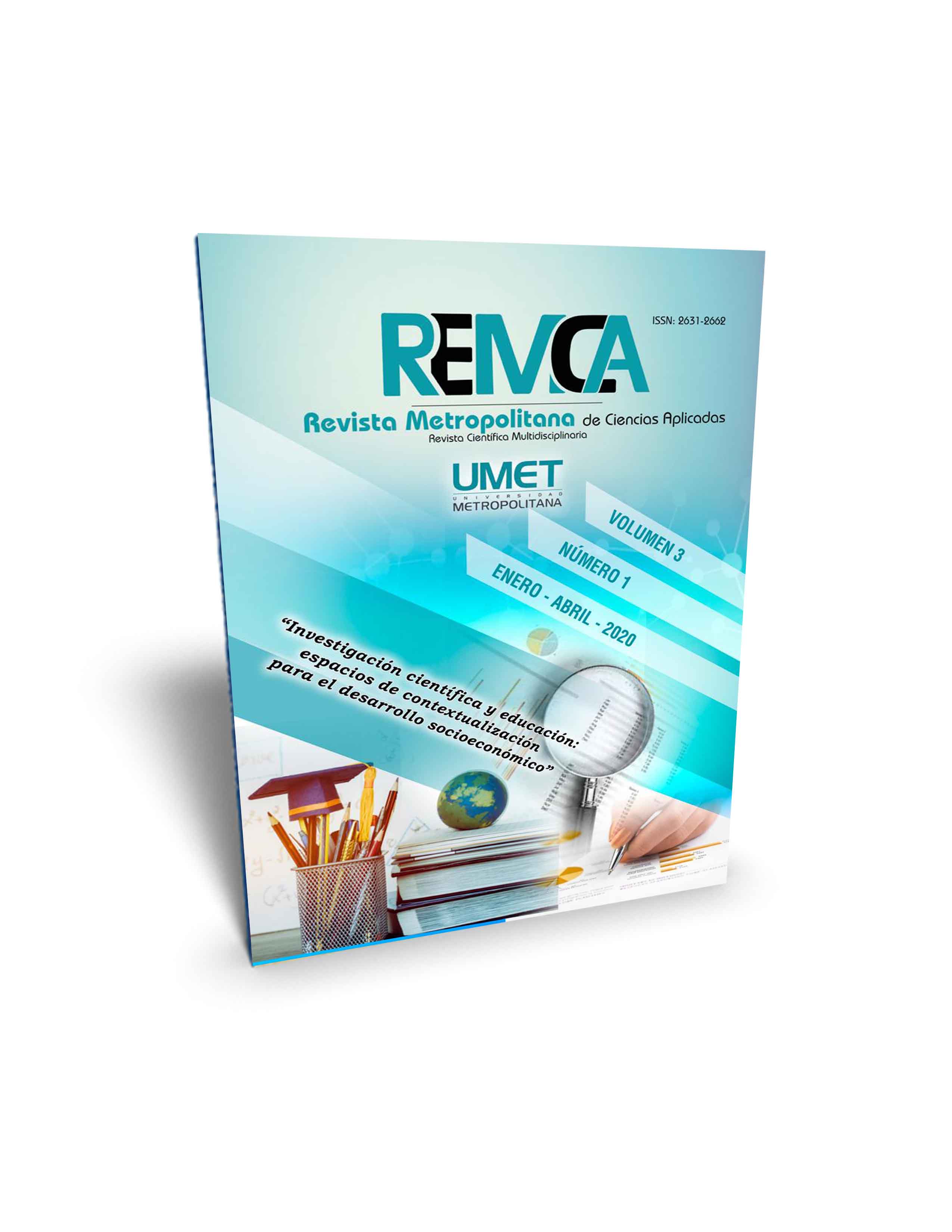Prospective analysis of the paradigm for a new education, a study of the ecuadorian case
DOI:
https://doi.org/10.62452/sek27220Keywords:
Ecuadorian education system, violence, school, new educational world, commercial ideologyAbstract
The new educational work propose paradigms come up from the prospective analysis based (versed) in the latinoamerican school contexts where the school concepts broke up the interpretative traditional paradigms violating the people’s prioritizing trade ideologist looking for a particular subsidiaries retributions undermining the imperious premature attainment sustainable development per rhetoricals euphemism that doesn’t respond to the rightful Ecuadorian context.
Downloads
References
Ecuador. Secretaría Nacional de Planificación y Desarrollo. (2017). Plan Nacional para el Buen Vivir 2017 - 2021. SENPLADES. https://www.planificacion.gob.ec/wp-content/uploads/downloads/2017/10/PNBV-26-OCT-FINAL_0K.compressed1.pdf
Galtung, J. (1989). Peace and developmment in the pacific hemisphere. University of Hawaii Institute for Peace.
Galtung, J. (1990). Cultural Violence. The Journal of Peace Research, 27(3), 291-305.
Paredes-Riera, J. (2020). A Real Skills Perspective Based on Human Relationships and Modes of Behavior. The International Journal of Interdisciplinary Cultural Studies 14 (2), 27-32.
Downloads
Published
Issue
Section
License
Copyright (c) 2020 Julio Paredes Riera, Cristhian Paredes Riera (Autor/a)

This work is licensed under a Creative Commons Attribution-NonCommercial-ShareAlike 4.0 International License.
Authors who publish in Revista Metropolitana de Ciencias Aplicadas (REMCA), agree to the following terms:
1. Copyright
Authors retain unrestricted copyright to their work. Authors grant the journal the right of first publication. To this end, they assign the journal non-exclusive exploitation rights (reproduction, distribution, public communication, and transformation). Authors may enter into additional agreements for the non-exclusive distribution of the version of the work published in the journal, provided that acknowledgment of its initial publication in this journal is given.
© The authors.
2. License
The articles are published in the journal under the Creative Commons Attribution-NonCommercial-ShareAlike 4.0 International License (CC BY-NC-SA 4.0). The terms can be found at: https://creativecommons.org/licenses/by-nc-sa/4.0/deed.en
This license allows:
- Sharing: Copying and redistributing the material in any medium or format.
- Adapting: Remixing, transforming, and building upon the material.
Under the following terms:
- Attribution: You must give appropriate credit, provide a link to the license, and indicate if any changes were made. You may do this in any reasonable manner, but not in any way that suggests the licensor endorses or sponsors your use.
- NonCommercial: You may not use the material for commercial purposes.
- ShareAlike: If you remix, transform, or build upon the material, you must distribute your creation under the same license as the original work.
There are no additional restrictions. You may not apply legal terms or technological measures that legally restrict others from doing anything the license permits.




